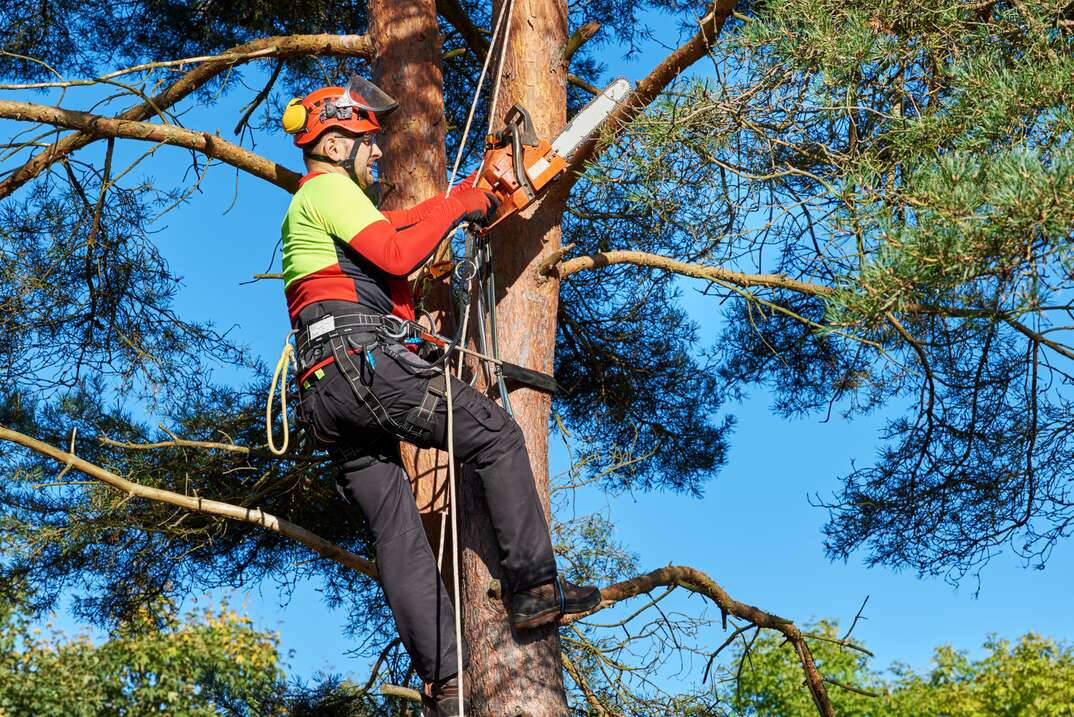A Tree Care Chronicles: The Daily Journeys

As and casts through its leaves of ancient oaks alongside towering pines, an qualified tree care specialist begins his or her day-to-day journey within the realm of trees. For these professionals, each day brings fresh obstacles as well as findings, from evaluating tree wellness to managing urban landscapes. The work of these arborist extends well beyond mere aesthetics; it's a combination of scientific knowledge, artistry, and care for the environment which plays an essential role for preserving the wellbeing as well as the safety of the green friends.
During this exploration of the tree care chronicles, we will delve deep into the daily adventures in an arborist. You will learn why hiring a qualified expert is important, and discover the complex art behind tree pruning, as well as the essential equipment that empower them for protect the trees. Whether it's diagnosing tree diseases or conducting safe removals, these arborists are unsung champions of the mission for healthy, vibrant trees within the neighborhoods. Come along to uncover valuable insights from these experts that devote their careers for the purpose of the care and preservation of the urban forests.
The Significance of Hiring a Licensed Arborist
Hiring a qualified arborist is vital for maintaining the well-being and safety of arboreal structures in both commercial and domestic and business landscapes. Qualified arborists have comprehensive knowledge and experience in arboreal maintenance, enabling them to assess the health of trees accurately and identify problems that may go unnoticed by the inexperienced eye. Their proficiency ensures that trees are maintained using standard practices, which can significantly enhance their duration and beauty.
In addition to supporting tree well-being, certified arborists play a crucial role in risk management. Trees can pose dangers when they are ill, hurt, or inadequately maintained. A qualified arborist is equipped to identify potential risks and recommend appropriate actions, whether it be pruning, supporting, or in some cases, removal. Their capability to perform thorough tree assessments helps to prevent property damage, injuries, and even environmental issues caused by problematic trees.
Moreover, hiring a qualified arborist advocates for eco-friendly tree care practices. These professionals are dedicated to informing their clients about correct tree care techniques, which can lead to a deeper understanding of the environment and the significance of trees in urban settings. By partnering with a certified arborist, individuals and companies can guarantee that their trees assist to the ecosystem while also improving the worth of their property and curb appeal.
Tree Care Techniques and Knowledge

Tree care professionals possess a vast amount of expertise about the best practices for cultivating tree health and safety. One essential technique is appropriate pruning, which helps regulate the growth of a tree while enhancing its general wellness. Visit this link understand the multiple styles of pruning—such as reduction, topping, and crown thinning—and know the methods and when to apply each method. The principles behind tree pruning is vital, as improper techniques can lead to harm or illness, undermining the tree’s stability.
Another integral aspect of an arborist's work is assessing tree diseases. They are skilled to detect symptoms of various tree illnesses and pests, allowing for prompt intervention. By evaluating leaf color changes, bark patterns, and overall vigor, arborists can determine specific problems and formulate treatment strategies. Utilizing methods like soil analysis and tree tissue samples, they provide detailed diagnoses that improve a tree's durability and sustainability.
In cities, arborists play a vital role in tree preservation and oversight. They implement techniques such as tree cabling systems and bracing to protect trees that may be at threat of collapsing or suffering from structural failure. Additionally, they advocate for sustainable practices, making certain that trees contribute constructively to urban environments. This support helps reduce hazards while improving urban areas, making the role of an arborist not only important but essential for flourishing communities.
Security and Hazard Control in Arboriculture
Safety is paramount in the field of tree care, as tree care often requires working at heights and managing large, heavy equipment. Licensed arborists undergo extensive training to comprehend the dangers associated with ascension, trimming, and dismantling trees. They utilize personal protective equipment, including helmets, gloves, and safety belts, to minimize the potential for harm. Awareness of the environment, proper communication with co-workers, and adherence to safety guidelines significantly reduce the chance of incidents on the job.
Risk management is an integral aspect of an arborist's duties. Before starting any tree care task, a detailed risk evaluation is performed to detect potential hazards, such as dead branches, dangerous trees, or power cables in the vicinity. Arborists examine these risks and implement strategies to reduce them, which may include supporting and reinforcing compromised structures or counseling clients on the safest time to undertake specific tasks. This preventive approach not only protects the arborists but also guarantees the protection of real estate and people nearby.
Furthermore, the arborist's role extends to informing clients about the dangers of DIY tree work. Many homeowners underestimate the dangers involved in tree care and may not be aware of hazardous conditions that require professional intervention. Arborists provide important insights on how to maintain tree health in a safe manner and emphasize the importance of hiring trained professionals to prevent incidents and ensure the longevity of their trees. By prioritizing security and hazard control, arborists protect themselves, their clients, and the urban environment they serve.
